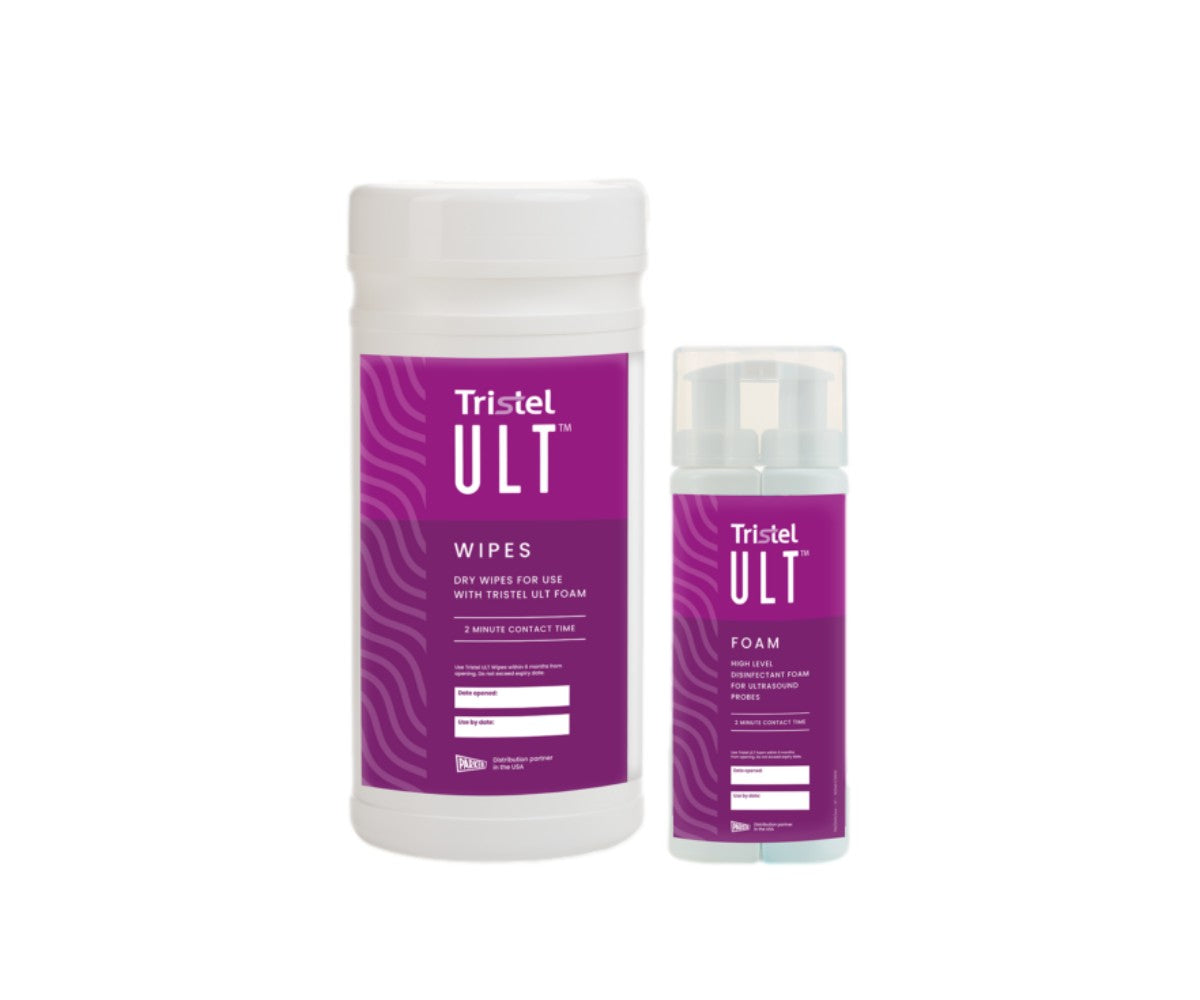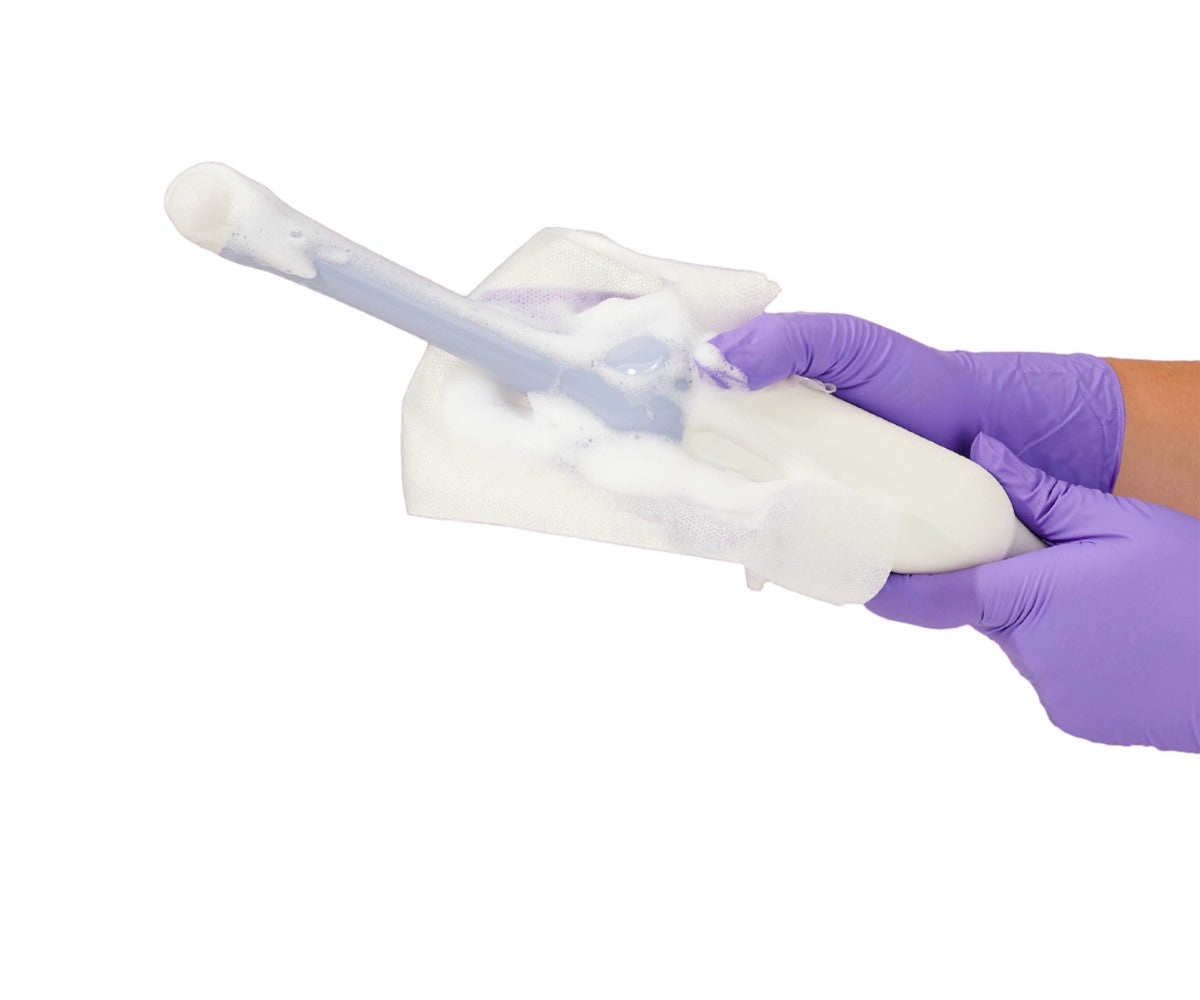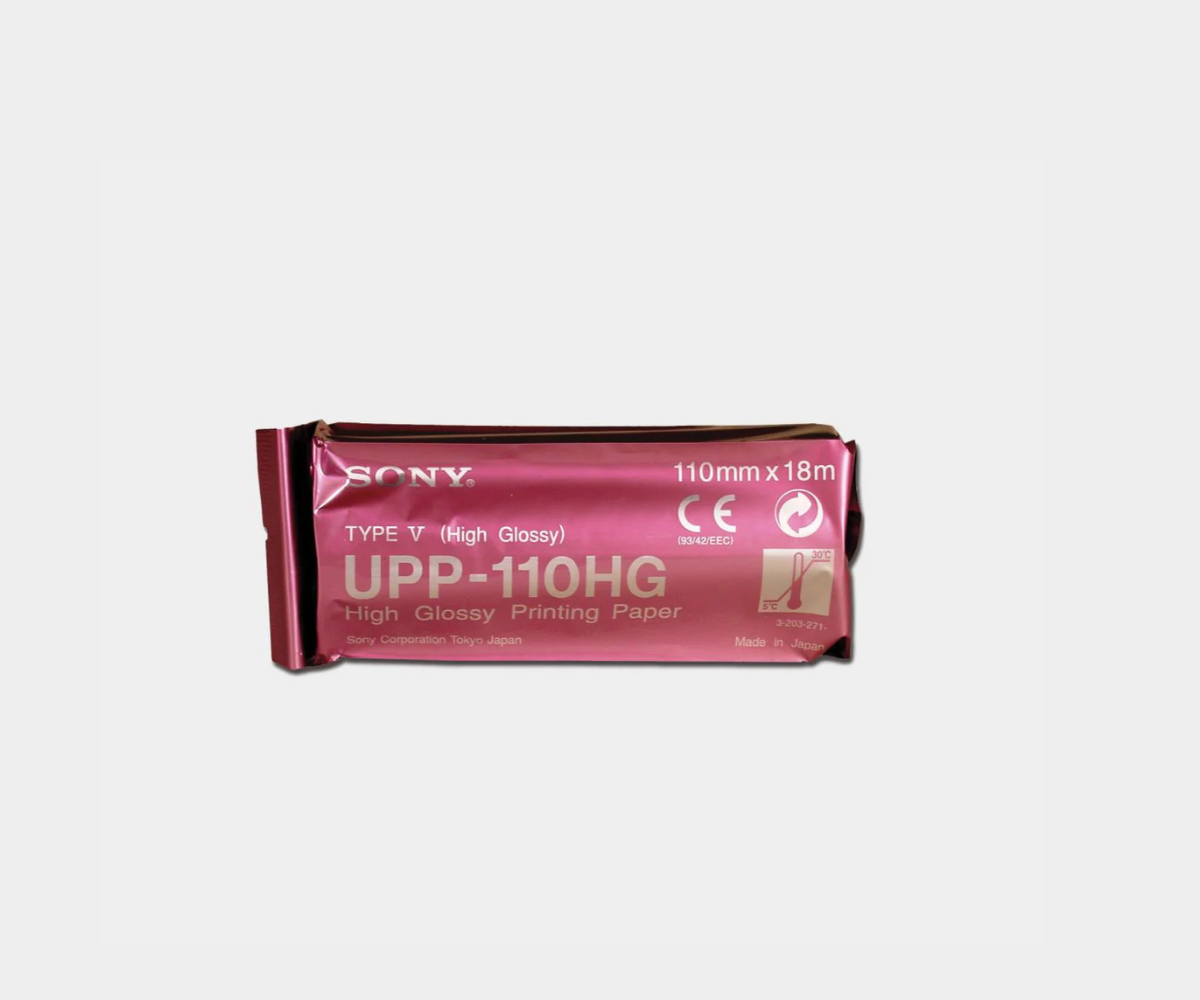Commonly used by medical professionals to evaluate the possibility of a chromosomal abnormality, the nuchal translucency measurement is based off a specialized routine ultrasound. The ultrasound exam used to measure it, referred to as the nuchal translucency test or NT screening, is typically conducted at the end of the first trimester of pregnancy.
Growing babies have a small, clear space at the back of their heads referred to as the nuchal fold. The nuchal translucency test focuses on this particular area. The reasoning behind the measurement is that researchers have found that this spot tends to accumulate fluid in babies who have chromosomal abnormalities.
While it is true that babies with increased fluid at the base of their necks face a statistically increased risk of chromosomal problems, the accuracy of the nuchal translucency measurement has been questioned by recent studies. False positives can be common in nuchal translucency tests, particularly due to their nature as a prenatal screening, which signifies that it cannot diagnose a condition. This is why many physicians will typically combine an NT screening with a blood test. Utilizing a blood test in tandem with the nuchal translucency measurement allows for increased insight into the odds of the patient’s baby being born with a genetic disorder.

In a 2014 study on the nuchal translucency measurement, researchers posited that its accuracy depended on the equipment used and its calibration. The investigators worked to assess the accuracy of the NT-derived component of first-trimester screening for Trisomy 21 (Down syndrome). They took sixteen different ultrasound machine-probe combinations and used them for axial measurement of 2.0-, 3.0- and 4.0-mm spaced targets via an ultrasound phantom. Researchers utilized the mean of the axial measurements to calculate adjusted risks for trisomy 21.
The results of the study showed a link between ultrasound probe-machine combination and the accuracy of the nuchal translucency measurement. Researchers observed differences based on the combination applied: for the 2.0-mm target, differences ranged from 1.8-2.2 mm; for the 3.0-mm target, 2.7-3.2 mm; and for the 4-mm target, 3.7-4.3 mm. The effect of machine-probe combinations is an important consideration when conducting the nuchal translucency test.
“We have described the effect of machine-probe combinations on small but very precise ultrasound measurements. Such machine-probe combinations led to greater variability than those ascribed to intraobserver differences, and significantly affected the screening risk for the same fixed measurement,” noted the authors.
While false negatives in prenatal screening may be common depending on the test, sonographers should also take into account the ultrasound equipment they are using when conducting the exam. As the study from 2014 suggests, the accuracy of the nuchal translucency measurement can be affected depending on the probe-machine combination. It is also worth noting that the investigators found most ultrasound machines were neither calibrated nor specified for measurements of tenths of a mm. Ultrasound operators in sonography should especially evaluate the calibration and settings of their machines when conducting small but precise screenings, such as the nuchal translucency test.

In addition, a United Kingdom-based study conducted in 2007, also found that there was systematic error in the accuracy of the measurement overall. As previously noted, the nuchal translucency screening is very precise and the most seemingly minute error can quickly change the “risk” of chromosomal abnormality communicated to the patient. For example, researchers noted that an error of only 1 mm could increase the perceived risk by a factor of 5.
The researchers in the 2007 study sought to create test objects suitable for use as QA devices for nuchal translucency measurement as well as to measure the accuracy and precision of procedures in routine use. The test objects utilized in the study simulated echoes from the nuchal fold and facilitated the assessment of the accuracy and precision of the measurement. These test objects consisted of a perspex step wedge placed in a tissue which mimicked background material and included steps from 0.5 to 5 mm. The objects were used by participating healthcare centers and involved 18 operators and 23 machines.
This study found that there was a systematic error of about 0.5 mm in the accuracy of the nuchal translucency measurement overall. It should be noted that the standard deviation of the repeated measurements on the same step by different ultrasound operators and with different machines varied from 0.2 mm to 0.5 mm as a function of step size.
“There is a need to reassess the uncertainty in the risk factor as communicated to the patient when NT measurements are involved as part of a Down syndrome screening program. The use of harmonic imaging for these measurements should continue to be discouraged unless revised tables are created,” the authors concluded.
Overall, the nuchal translucency measurement is a useful way of assessing chromosomal abnormality risk. The NT test has become a staple of prenatal screening and continues to be used by sonographers across the world. However, this does not signify that steps cannot be taken to improve its accuracy. Failure to calibrate the machine, or use an adequate probe-machine combination, could lead to faulty findings. Furthermore, the continued education of ultrasound operators on how to best perform this precise screening will assist in achieving better results and avoiding false negatives. Imaging centers and sonographers should seek to establish procedures and protocols that facilitate more accurate results for patients.










